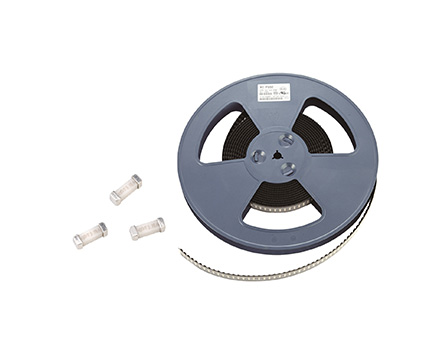
When an overload occurs, a disposable fuse will blow at once. Although it can provide overcurrent protection, it needs to be replaced. The core part of a conventional fuse is a section of wire, which is heated to the melting point when the current is too high. After the wire melts, the current in the circuit drops to zero. So in some circuits that require complete power outage, or products with higher risk factors such as machinery, it is more suitable to use disposable fuses, which has a higher safety factor when used.
Both traditional disposable fuses and self restoring fuses can achieve overcurrent circuit protection. Both achieve protection by reacting to the heating phenomenon generated by excessive current in the circuit. Fuses break the current by blowing, while self restoring fuses rely on changing from a low resistance state to a high resistance state to limit the magnitude of the current.
Read recommendations: